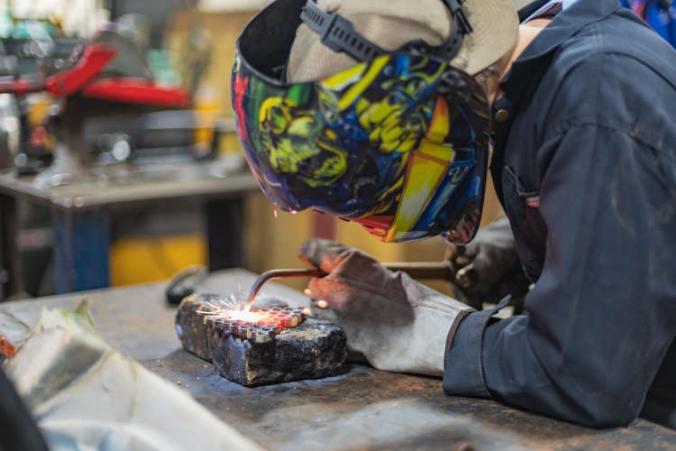What’s my L&I claim case worth? I get this question all the time. The answer is always the same: It depends. One way to determine the value of a work injury L&I claim case is based on the Permanent Partial Disability or PPD award. And, the same holds true for a workers’ compensation claim with private insurance companies and self-insured employers.
What is Permanent Partial Disability or PPD?
PPD is a monetary award that some injured workers receive when L&I closes their claim. In short, if the injured worker has: (a) Reached maximum medical improvement; (b) Continues to experience permanent residuals from the industrial injury or occupational disease; and (c) Is still capable of working, then a PPD award may be appropriate.
PPD award rating is based upon medical evidence. When the body part involved in the work injury is one that cannot be amputated, the PPD rating usually uses categories of impairment from the Washington Administrative Code or Washington Administrative Code (WAC). However, if the body part could potentially be amputated, the PPD is rated according to criteria from the American Medical Association (AMA) Guides to the Valuation of Impairment.
Who can provide PPD rating for my claim?
Within the medical provider network or MPN, some providers feel comfortable and are willing to provide PPD ratings. Yet, others do not. Consequently, from my perspective, it is always ideal when the attending provider (AP) that’s assigned to the claim is willing to rate the PPD. This is because that provider usually has the best sense of the injured worker’s permanent residuals from the work injury.
If an AP does not do PPD ratings, they will usually refer the injured worker to a provider that does. Alternatively, they can request an Independent Medical Examination (IME).
How much is my right arm worth?
On a personal note, before you continue reading, please know that I’m very uncomfortable placing a monetary value on parts of the body. The human body is sacred. Body parts are priceless. However, this is the world and the reality we live in.
Injured workers often want to know what the monetary value of the PPD will be. It is important to know that the value is a set number that varies based upon the date of injury. L&I publishes a “Permanent Partial Disability Award Schedule” that lists PPD values based on the date of injury. For example, the value of a 10% right arm PPD for a person injured on December 31, 2015 is $12,004.04. Here, it’s because 100% of the value of an arm for a 2015 date of injury is $120,040.41. However, without a medical opinion rating the PPD, it is virtually impossible to estimate the dollars-and-cents value for the award.


